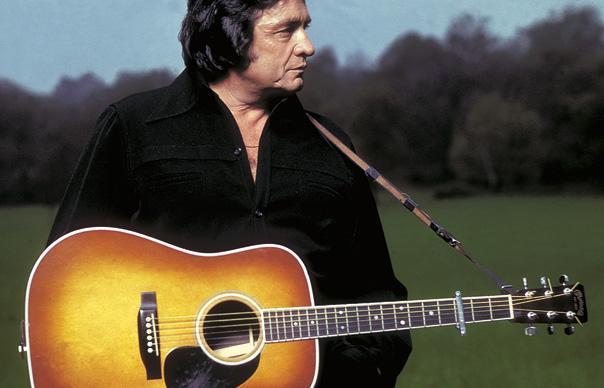Johnny Cash‘s childhood home has been opened to the public, as part of a bid to boost the town he grew up in.
Cash moved into the house in Dyess, Arkansas, in 1935 when he was three. The town was an experiment in president Franklin Roosevelt‘s New Deal programme, which aimed to help the US economy bounce back from the Great Depression. The Cashes were among 500 families specially selected by the initiative to be given a small home, some farm land, money and a mule to try and rebuild their lives.
Cash’s siblings Tommy and Joanne have overseen the refurbishment of the five-room wooden house, in which visitors can see the family’s piano and other items from the period.
“We’ve got everything just as it was,” Joanne Cash, now 76, told the New York Times. “It took a lot of hard work. It’s been very emotional for me.”
“We used to gather around that piano at night and sing gospel for an hour. That was our entertainment.”
The refurbishment project is part of a bid to bring tourism to Dyess. Local mayor Larry Sims says that he hopes it will attract 20,000 visitors a year.
Cash’s daughter Rosanne told the Associated Press that the scheme, which is led by Arkansas State University (ASU), will boost the local economy in Dyess, which has struggled in recent years.
“We have lost many other such places of historic significance because of a lack of funds, [no interest] or ignorance,” she said. “I am so happy ASU stepped in when they did. There were only around 35 cottages left and my dad’s, though dilapidated, was one of those.”



